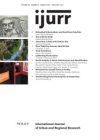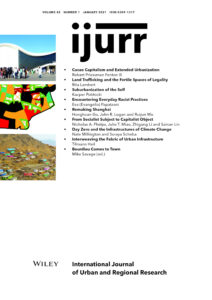This article challenges both contemporary and classic urban theory by analyzing the historical case of coastal Ecuador. Working from primary and secondary sources, I track the urbanization of coastal Ecuador during the long nineteenth century, when cacao exports determined not only the economic wellbeing of the city of Guayaquil, but of the entire tropical lowland region. I argue that this extended urban geography was both experienced and practiced as an unbounded economic and cultural region. As the value of cacao exports skyrocketed, capitalists in the city invested in infrastructural projects and financial instruments, divorcing money‐making from cacao production. After the Gran Incendio (great fire) of 1896, the city was rebuilt according to the ideals of modern liberal planning that further separated the city from the country symbolically, despite their continued material interconnection. This work suggests that long histories of capitalist urbanization provide material and theoretical support for critiquing bounded urban theory both past and present, by moving beyond the city and highlighting the processes undergirding spatial production under capitalist social relations. Likewise, this historical case study argues that city‐centrism, rather than being constituted epistemologically, was tied to liberal notions of the urban based on nineteenth‐century ideologies of modernization and progress.
Details
Written by:
Robert Priessman Fenton III
Digital Object Identifier (DOI)
10.1111/1468-2427.12955
About DOI

